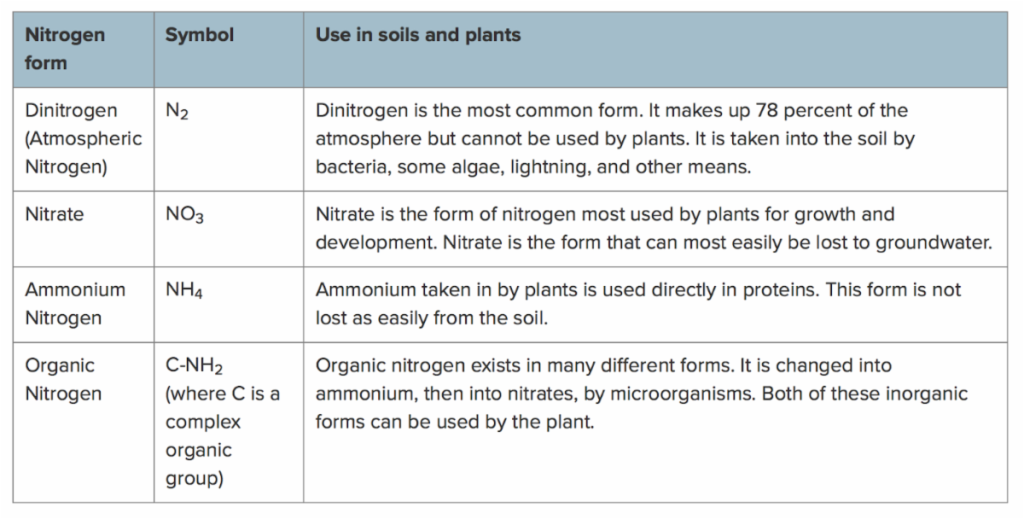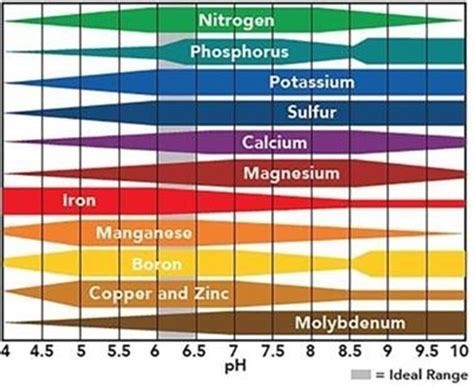Fertilizer . . . Is Fertilizer . . . Is Fertilizer . . .
They’re pretty much all the same . . . Right?
The short answer is… NO!
While we may know that N-P-K stands for Nitrogen, Phosphorus & Potassium . . . and that those three numbers will vary from product to product, selecting a proper fertilizer is critical to the success of any PHC program and the ultimate health and beauty of the plant materials under your care.
It’s been decades since my high school and college chemistry courses, and honestly, they weren’t my favorites. And this is not intended to be a chemistry lesson, but rather to call attention to some information that may be helpful to you in choosing fertilizers that will meet the needs of the plant.
Manufacturers use different sources of nitrogen, phosphorus and potassium for a variety of reasons. That selection is often driven by pricing and/or availability or how the various elements interact chemically to create a specific blend. In addition to the nutrient sources, the actual formulation or mixing process can also impact how effective a product is for plants.
FORMS OF NITROGEN

Some products are slow-release and rely on soil moisture to ‘release’ the nutrients for plant use. Other products may depend on biological activity within the soil to make the nutrients available . . . sounds like a desirable, natural process, but it assumes there actually IS active biology of the correct type, quantity, and quality to make the fertilizers available. FYI – that’s often not the case for a host of reasons and a future conversation.
pH is another important and critical factor effecting how any fertilizer performs. Yes, it is a measurement of hydrogen bonding sites; it indicates an acidic condition (< 7) or an alkaline condition (> 7) to get all “chemistry” on you, but perhaps the easiest description is that pH is a catalyst for chemical reactions. All of the elements may be present, but if the pH is not correct, chemical reactions will not occur, or at least not to the extent required. Think of it like baking bread . . . all of the ingredients (flour, salt, water, etc.) are in the bowl, but if the yeast is missing or inactive, nothing is going to happen.

As you see from this graph, a pH of 6.5 is the target for best utilization of all nutrients. Below 6 and phosphorus availability drops off significantly. A host of nutrients begin to become unavailable above 7. Failing to get this basic information about soil can lead to wasted fertilizer cost for customers and poor response by the plant.
Another consideration when selecting fertilizers is “What are you trying to achieve?” Certainly, you and your customer want to see results for the expense and effort you put in and the money spent by your customer. If the fertilizer application results in recovery by the plant from a disease or pruning, or something which caused stress on the plant . . . that would be a good outcome.
However, if applications are regularly done to push growth, to exceed the innate genetic disposition of the plant, the long-term health of these plants will likely suffer. In total, all components of a tree account for less than 6% nitrogen. The renowned plant scientist, Dr. Alex Shigo, therefore concluded that fertilizing with products containing nitrogen levels beyond 5% were either unnecessary or actually weakening the tree’s structure (more breakage, die-back) as well as it’s natural defense mechanisms. Excessive nitrogen content makes plants more susceptible to insect and disease attacks.
So, what should you be looking for in a fertilizer product?
Evidence shows that bio-available, food grade forms of nutrients in an organic base are most readily available to the tree or shrub. Unlike synthetic formulations, they are most like the plant (they are plant!) and can support plant health without additional biological support or extra water to provide benefits to the plant, although plentiful biology and appropriate amounts of water are always advantageous.
You should be looking for Bio-Tree & Shrub All-in-One. The name really says it all. The product is built around both soil and plant biological systems PLUS there is hardly anything you can think of that is not already in there. And plant available! It addresses all four critical health metrics necessary for robust plant health:
- All the nutrients
- Food for biology
- Relieving Soil Compaction
- Increasing disease protection, particularly root diseases
